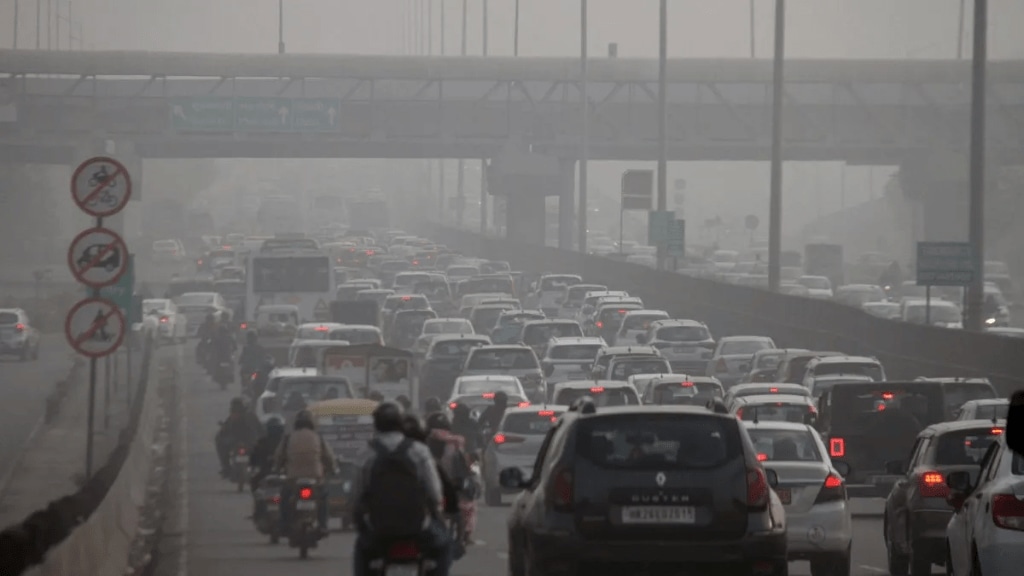BVR Subbu, The writer is an auto industry veteran and member of the Board of KPIT Technologies
The Corporate Average Fuel Efficiency (CAFE) norms deal with overall fuel consumption, specifically the quantity of fuel consumed which is generally considered proportional to the fuel efficiency and weight of the car. Clearly, the government—considering the overriding national priority of controlling the growth in imported petroleum, oil, and lubricants consumption—is committed to cut fuel consumption and control overall CO2 emissions.
The CAFE target of each manufacturer is calculated by first deriving the average kerb weight of models for individual manufacturers. Then by scaling the industry average target to the weighted average kerb weight the manufacturer-specific CO2 target is derived. And finally, it mandates that the achieved CAFE of the manufacturer for each year is based on the weighted average of the cars sold across their fleet, and the CO2 emissions of each model have to be lower than or equal to the manufacturer-specific target to achieve compliance with CAFE II norms.
Given national priorities, the government had probably hoped for the auto industry to raise its technology and engineering capabilities and create powertrain solutions that would achieve this goal. Unfortunately, there are possible perversions. Industry players could simply lower the weight of their fast-selling models by using, say, composites for rear doors, lower thickness of steel in some areas of skin panels, and so on, or just have smaller engines. Simultaneously, manufacturers could, to some extent, increase the weight of some medium-sale-volume models so that the average kerb weight goes up but the CO2 target also goes up somewhat. They could also weed out low-sale but high-emission models from their line-up and achieve their goal.
If this was so with CAFE II, the CAFE III proposed to be implemented from April 2027 could only serve to heighten this perverse effect. As presently proposed, the new norms will undoubtedly work in favour of bigger cars, not necessarily in favour of the national priorities of controlling fuel consumption and emission.
Manufacturers love larger cars for the simple reason that they make them far greater profits than small cars. A 20% increase in material and conversion costs over a small car could potentially raise per unit profitability by 100%. In such circumstances, who really cares for national priorities?
Correctives could of course include size-based CAFE III norms which could help ensure auto original equipment manufacturers move beyond numerator-denominator games, and actually spend as much money on engineering development as they do on advertising.
The argument against size-specific CAFE III norms used by the auto companies is that consumers are moving away from smaller cars to larger cars. But there may be more to that trend than meets the eye. A lot of first-time buyers are still probably opting for smaller and used cars. It is very likely that the huge growth of mid-segment cars is actually based on demand from multiple car-ownership families, and/or from second-time buyers who are keen to move up the value chain. Does manufacturing for either of these trends serve an overall national interest, or merely a shareholder interest? That is the basic question the industry has to ask—and answer.
Again, if industry is really engineering-focussed, perhaps it ought to look to creating new powertrain engineering solutions. One Chinese manufacturer revealed, a few years back, a plug-in hybrid electric vehicle powertrain solution with a 1.5L 130PS IC engine that returned a stunning 60 kmpl range! Imagine what that means—any multi-utility vehicle/sport utility vehicle rolled out with such a powertrain could potentially meet, even exceed, CAFE norms, and push industry towards a virtuous development cycle without sacrificing the overall national priorities. What really stops our own home-grown giants or our MNC players from bringing such technologies? Do they not have the ability or the desire? Or is it some combination of both put in the harsh beam of quarterly number targets by stockmarket analysts who know, understand, or care little for the future? At the risk of sounding cynical, it has often appeared to me that the EV (electric vehicle) thrust of some our auto giants is probably as much a serious commitment to EVs as it is a way of meeting CAFE norms.
A relaxation in CAFE III for small cars, as apparently proposed by Maruti, would without doubt be a step in the right direction, because it would then catalyse industry to think more as engineers—and less as bean counters. Yet, beyond even this, could the government think of random testing of vehicles from dealers’ stockyards for compliance, and put in place the strongest deterrent possible to guard against shenanigans of the GM Tavera sort which are probably more rampant—not by design—than the industry would care to admit?

